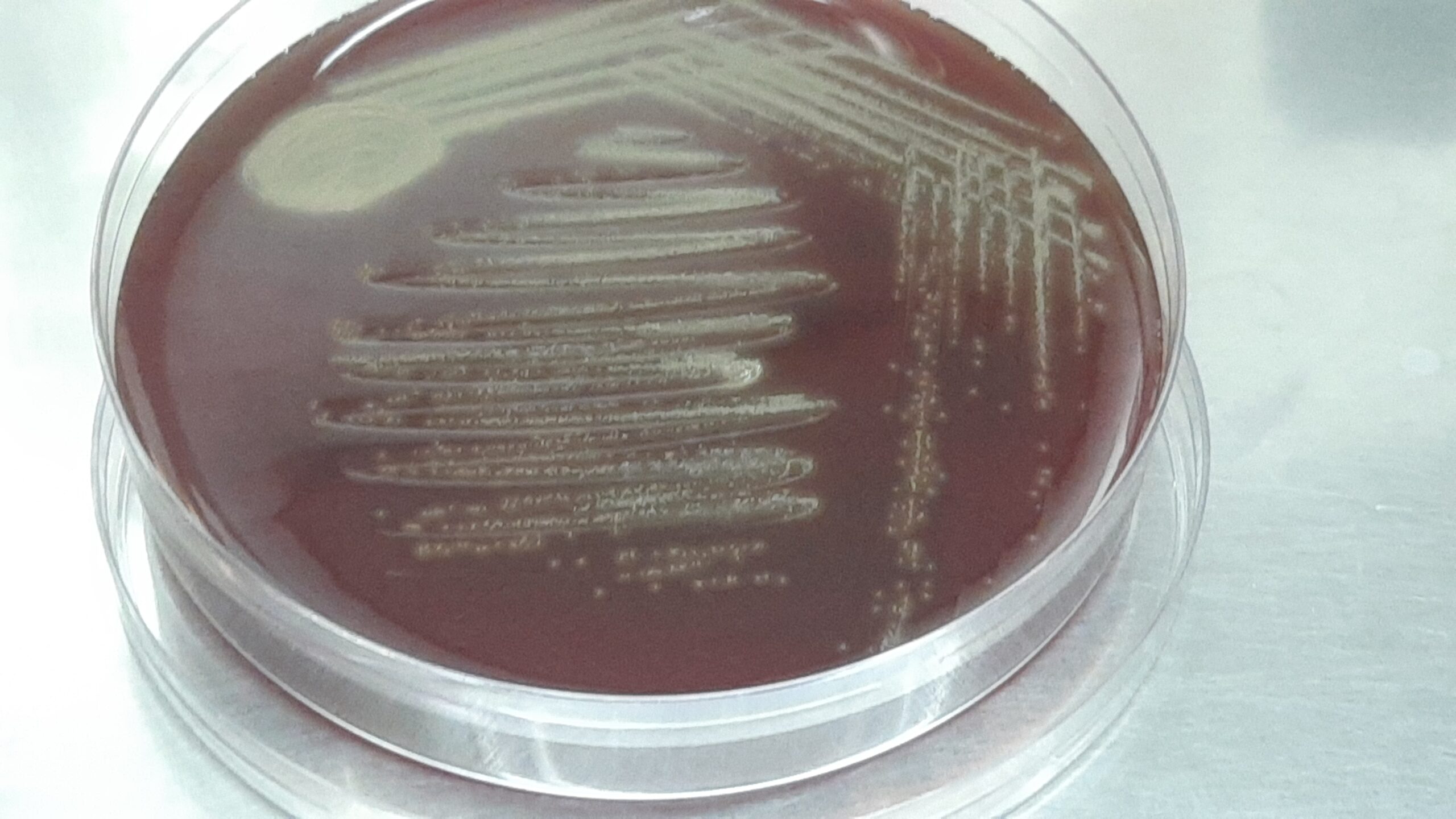Urate Crystals: Introduction, Identification Features, and Clinical Significance
Introduction Urate crystals, also referred to as uric acid crystals, are metabolic by-products of purine metabolism found in urine. They are frequently observed during urine microscopy, especially in patients with altered pH, dehydration, or metabolic disorders. Their presence can be physiological in concentrated urine or …







